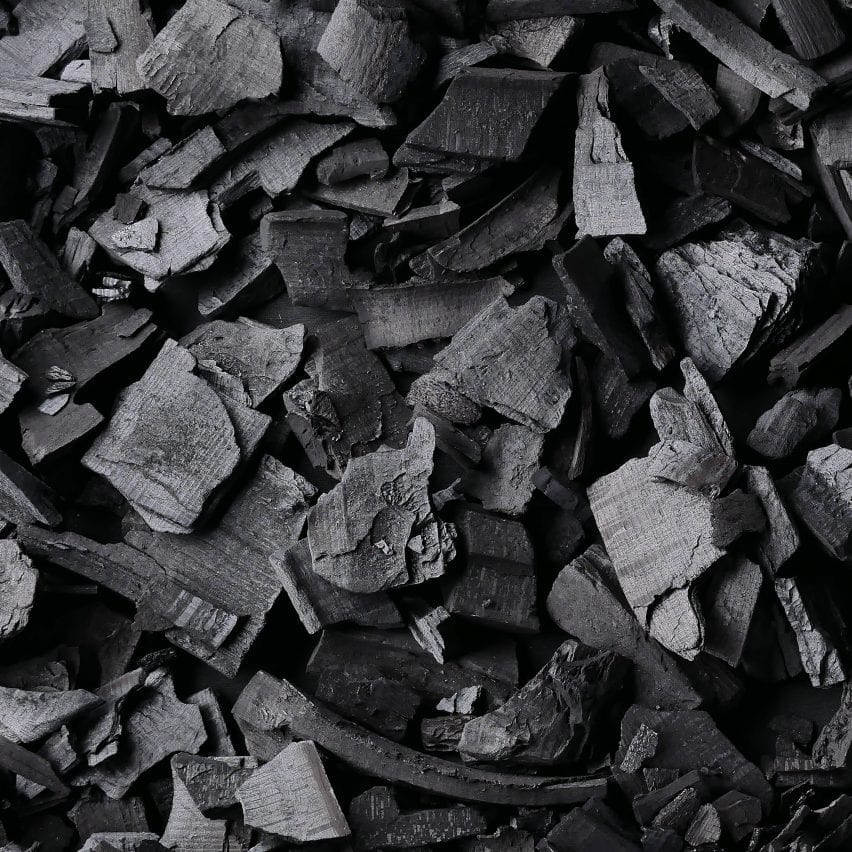The Dezeen guide to carbon

This essential guide to carbon debunks all the jargon around the element. It explains what it is, describes how it contributes to climate change and lays out ways of tackling the problem.
One of a growing series of Dezeen guides, it has been written as part of our carbon revolution series of articles about carbon.
Carbon
Carbon is a solid, non-metal element. It is often described as the "king of the elements" due to its versatility and importance. Essential to life, it is the fourth most abundant element in the universe (after hydrogen, helium and oxygen).
Carbon makes up around half of the dry mass of all trees and plants. It is the second most abundant element in the human body after oxygen, making up about 18.5 per cent of human body mass and constitutes a similar percentage of all living creatures. There are an estimated 1.85 billion tonnes of carbon on earth. Ninety-nine per cent of it is stored deep in the earth's core and mantle. Just 0.2 per cent of it (an estimated 43,500 trillion tonnes) is in visible carbon sinks such as the air, soil, oceans, plants and animals.
Carbon is an extremely versatile element with atoms that can bond together in many ways to build pure-carbon physical forms, or allotropes, including diamond, graphite, charcoal (top image) and graphene.
Carbon atoms can also bond with atoms of other elements to form an astonishing range of chemical compounds such as carbon dioxide, calcium carbonate, carbohydrates (including sugars: table sug...
| -------------------------------- |
| Nagami's first collection features 3D-printed chairs by Zaha Hadid Architects |
|
|
Villa M by Pierattelli Architetture Modernizes 1950s Florence Estate
31-10-2024 07:22 - (
Architecture )
Kent Avenue Penthouse Merges Industrial and Minimalist Styles
31-10-2024 07:22 - (
Architecture )






